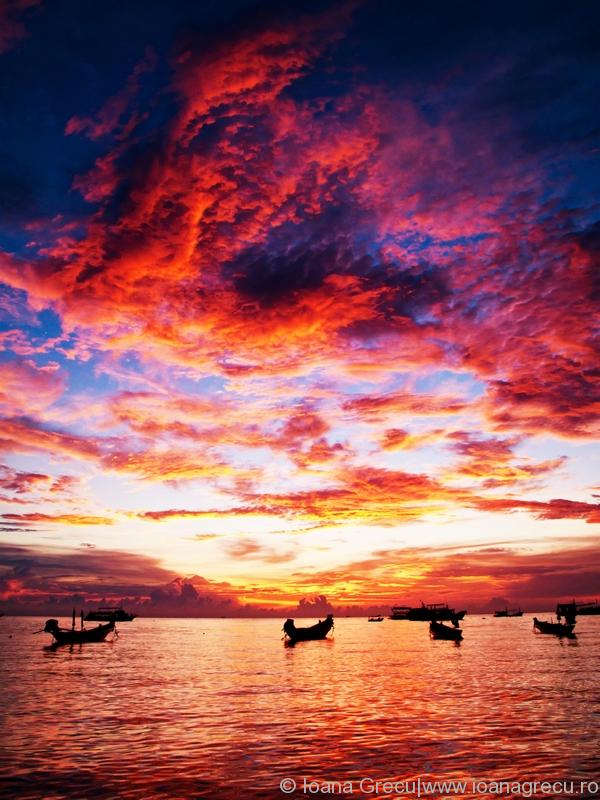Uploading and submitting stock images
We’ve talked about how to select your portfolio, basic license knowledge and post processing. The next step in your new stock photographer career is to upload and submit your images.
As you know, I am a Dreamstime senior editor, reviewing and being a stock photographer myself since 2005. I work exclusively with Dreamstime, of course, so the next article is based on my experience.
However, from my knowledge of the other stock agencies out there, the process of uploading and submitting images is pretty similar with a few particularities for each of them that you will learn along the way.
Uploading images
The easiest way to upload images is via FTP. FTP is simple to set and you will find all the info necessary on the FTP upload page. Then it is just a matter of drag and drop.
If you can’t manage FTP, upload images one by one, or, if you want to try your luck, Dreamstime offers a multiple upload using Java Script for which you will need the latest version.
Once you have uploaded your files via one of the above options they will be in your unfinished files area from where you are now able to submit them for review.
Model release
You should upload your model releases and property releases now, so that you will have them at hand when they are needed.
Go to the MR library and do this operation, filling in the Name, Surname, Age, Ethnicity and country of each model. Your MR document should be a jpg or pdf file and keep it under 3MB and 3MPX so that you don’t encounter errors at upload. As a matter of fact, the document should be readable, no larger and no smaller than that.
Go to the PR library and submit any property releases you might have, you’ll need to fill in the property name. (the same requirements as for the MR document apply)
Submitting images
From your unfinished files select each image and let’s start filling in the details:
License
Choose what license you will be uploading the image with:
- commercial royalty free license for copyright free, model released people images, objects, landscapes
- editorial license for news events, landmarks, copyrighted buildings etc.
Read my blog on the The Comercial Royalty Free vs the Editorial license for more details on which license you should choose for your images.
Title
The title of your image should be short and straight to the point; e.g Woman with coffee, Glass of water, Autumn landscape.
For editorial images provide some details; e.g Traffic in Central London, Eiffel Tower in Paris, MOMA museum in New York
Description
It’s time to be a bit more detailed about your image here: e.g. for the image you titled Woman with coffee a good description would be: Young woman drinking coffee in a cafe (or in another setting). Make sure you correlate your title with your description as this is important when your image reaches the search engine.
Don’t use the same title and description, don’t make it too long or too short and stay objective.
For editorial images add the location of the event or landmark and maybe the date, if it’s relevant. Here you can be more detailed about what is happening in the image.
Categories
They are pretty self explanatory, choose what applies for your image. For our example from before: Title: Woman with coffee; Description: Woman drinking coffee in a cafe; Categories: People/Women, Industries/Food and Beverages.
Keywords
Keywords are very important for your position in the search engine, together with your title, description and categories. Make sure they are accurate, don’t use implied keywords that don’t really apply to your image.
Keeping to the above example let’s see a good set of keywords: woman, coffee, cup, cafe, shop, table, drink, hot, beverage, female, young, person, drinking, brewed, warm.
You can add more, depending on what is actually in the image, but you don’t need to overdoit. Keep it simple and relevant.
Model release
It’s time to select the MR and/or PR that apply for your image from your MR/PR library.
Rights managed licenses
Choose the extended licenses that you would like to sell your images with.
- Web usage: image is going to be used in electronic items that will be resold, like web templates, presentations, screen savers sold to more than one customer
- Print usage: image is going to be resold in items such as mugs, t-shirts, calendars, etc.
- Sell the rights license: there are two types of this license currently offered by Dreamstime. One is time limited to one or three years and the other is lifetime. These licenses give the buyer the complete rights to the image. When you sell an image with the time limited license it will be taken offline for that period of time and you will need to remove it from all other outlets as well. If you sell it with the lifetime license than the image will be taken offline for good. The buyer will be able to use this image in any way he so desires but can not claim that the image is made by him. The photographer will still be able to showcase the image in his personal portfolio but not sell it again. You will also have to remove very similar images from your for sale portfolio and remove the image from anywhere else you are selling it.
You can set the price you would like to sell this image for.
It may be harder to understand how these licenses work at the beginning but you will get the hang of it pretty fast.
Congratulations, you have now reached the SUBMIT button! Look at what you have written for your image and make sure you didn’t miss anything. Click the button and your image will go to the pending line. Now you will have to wait a few days, depending on how many images are in the pending line at this time.
An email with the approvals and refusals (as well as reasons that apply for each refusal) will reach you at the end of the review day.
Good luck!
In my future posts: more about popular stock subjects, how to make your images stand out, how to shoot better pictures, reaping all the benefits from your compact camera and many more.
You’d like to pick at my brain? Ask your questions and I will answer them in a blog post.
Till next time, happy shooting!










1 Response
[…] A couple of days pass and you can now see your images in the searches but they are too far behind other images. You need to know that search engines take in consideration a lot of factors, but the most important for you, and they ones you should focus on are title, description, keywords. Aim for accuracy, simplicity and keep it on topic. You don’t have to be a writer to have good image description and keywords. Look for synonyms for the the words you will be writing and use them as well. Your title and description should show similarity but they should never be identical. Read more about how to upload your images for best results in my post on Uploading and Submitting Stock Images. […]